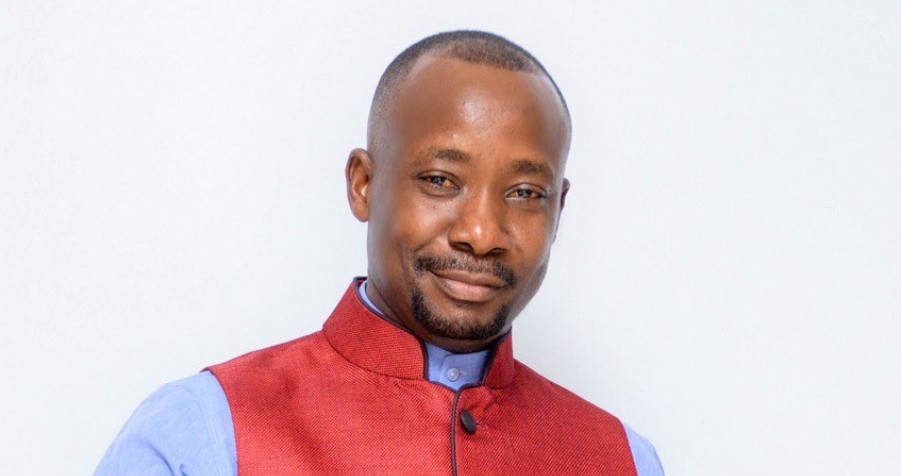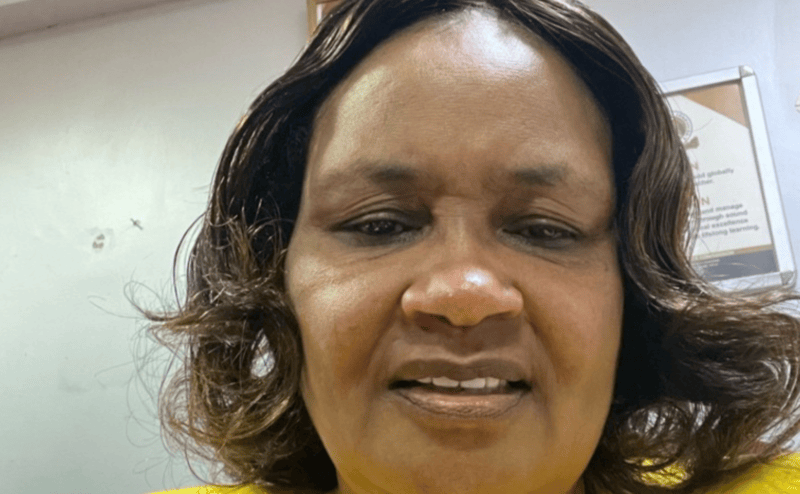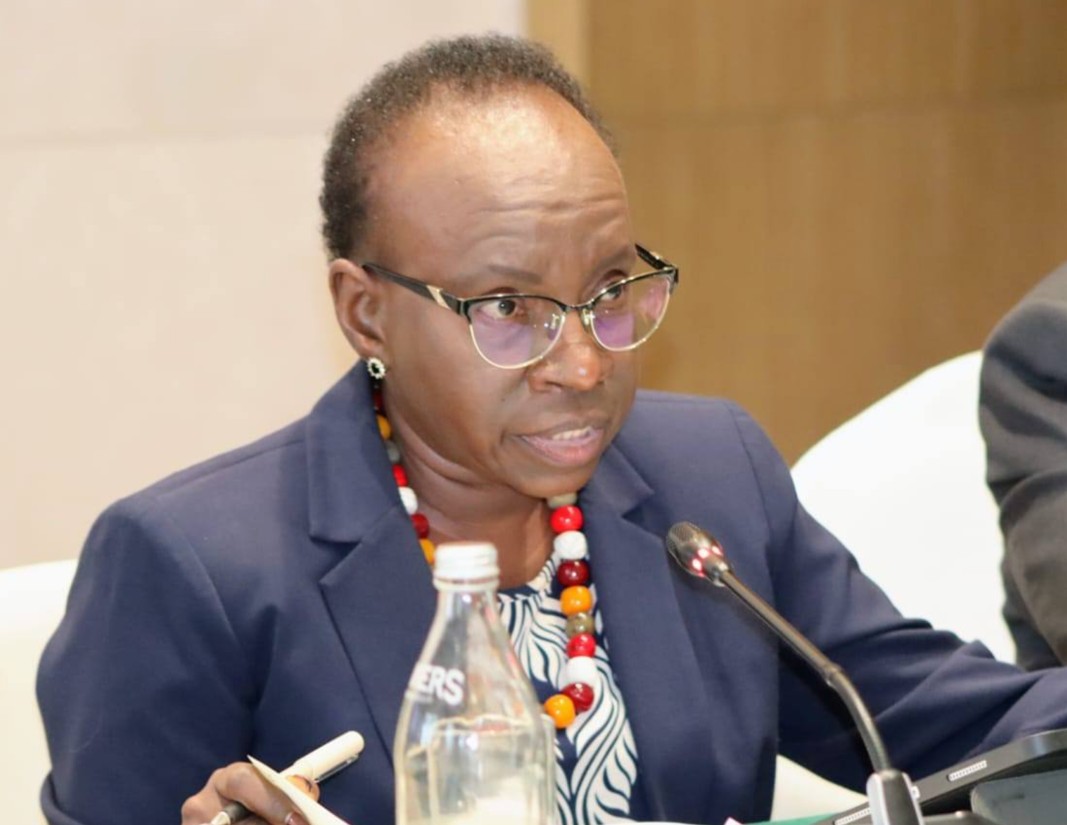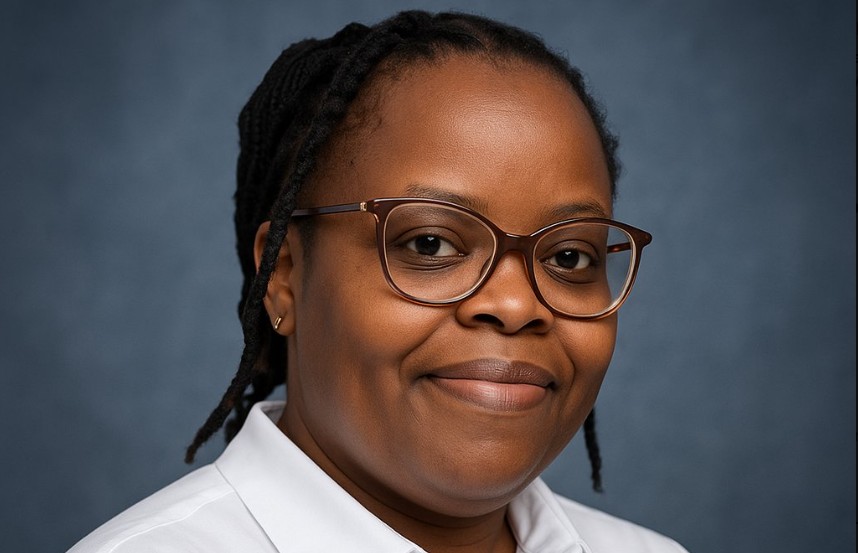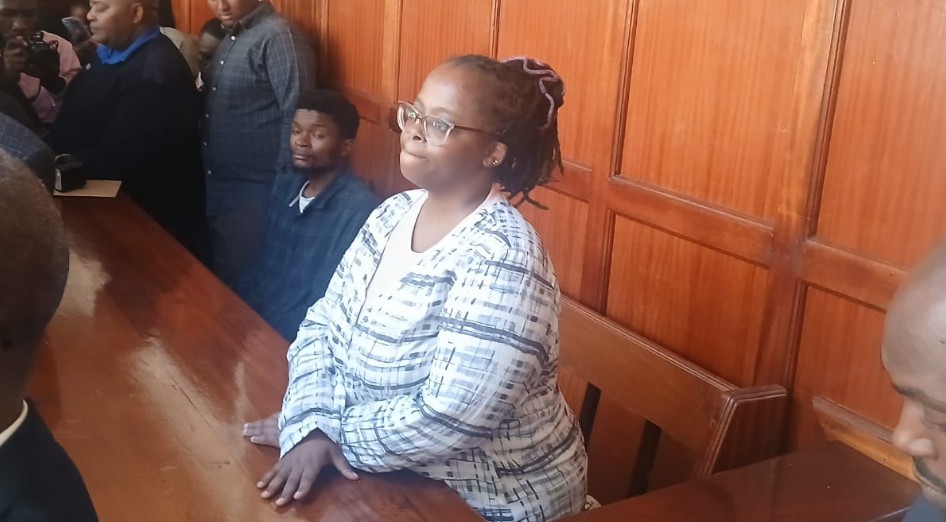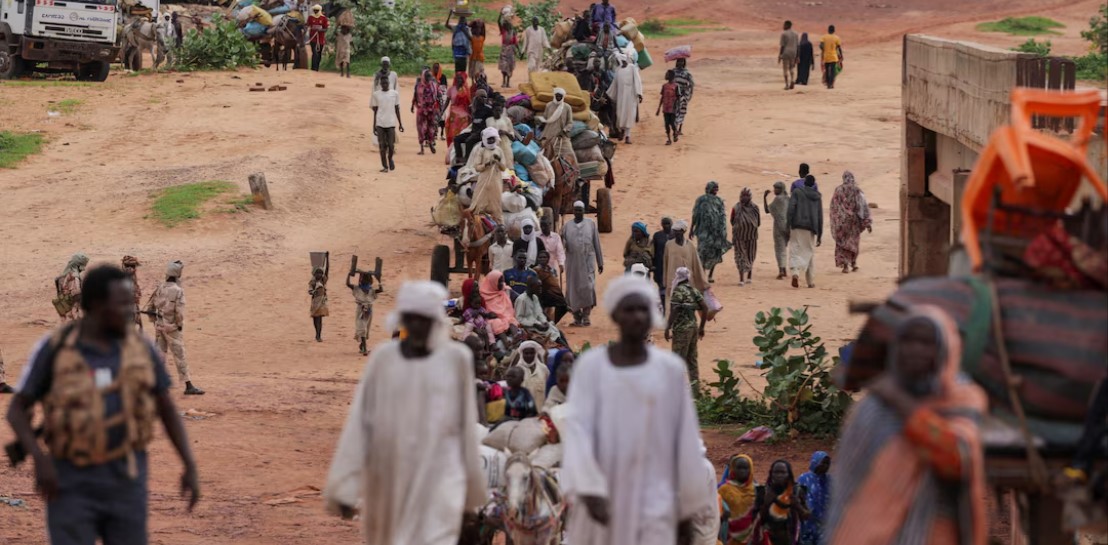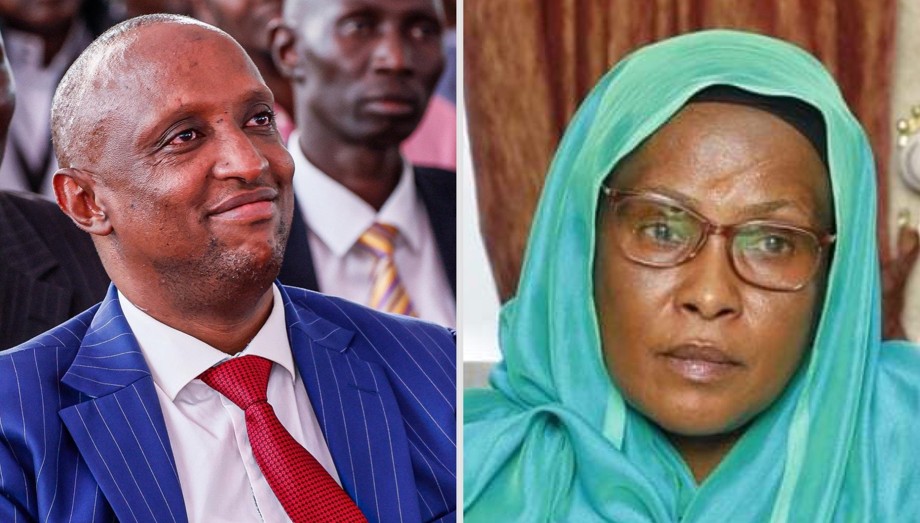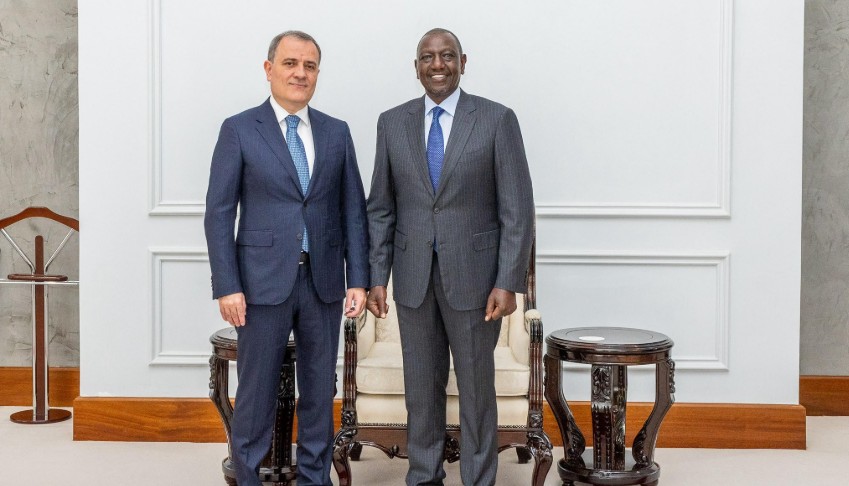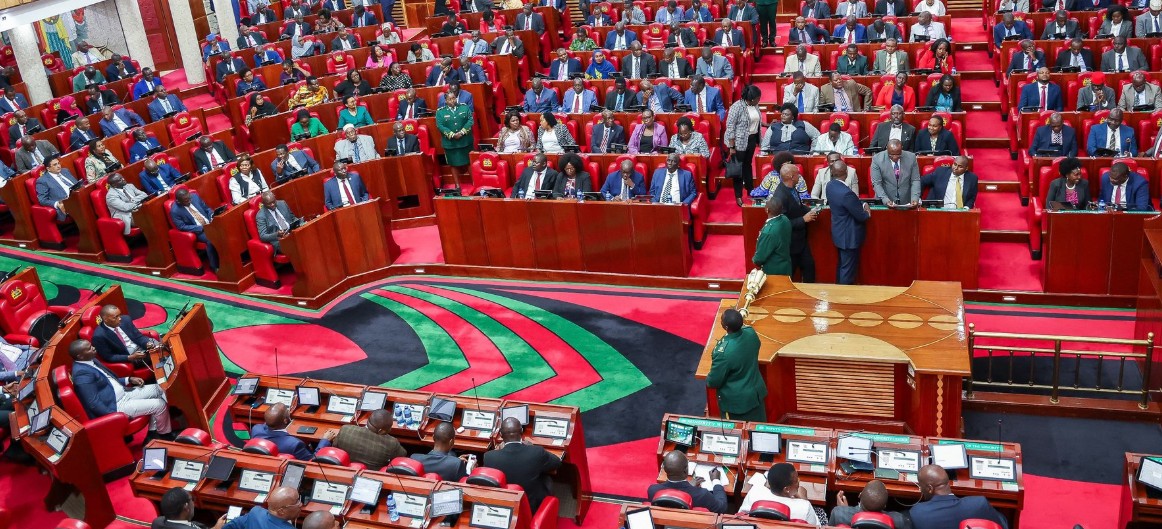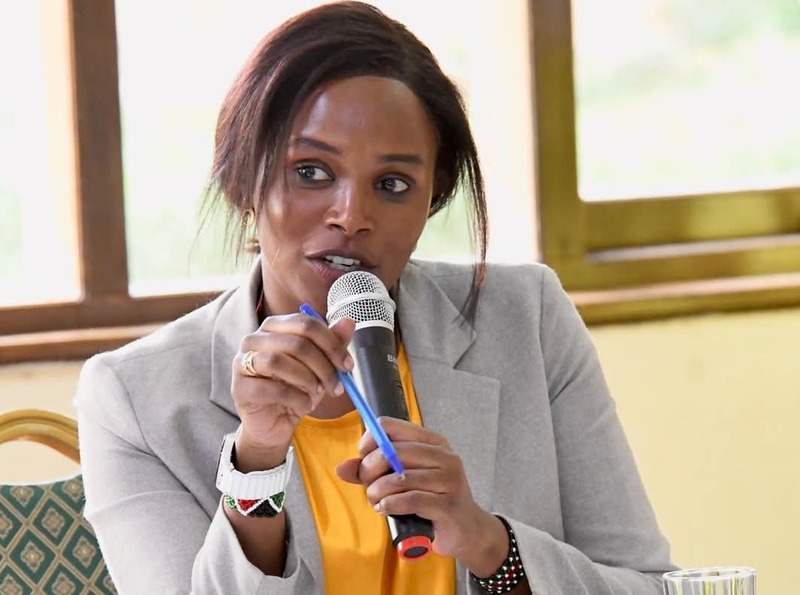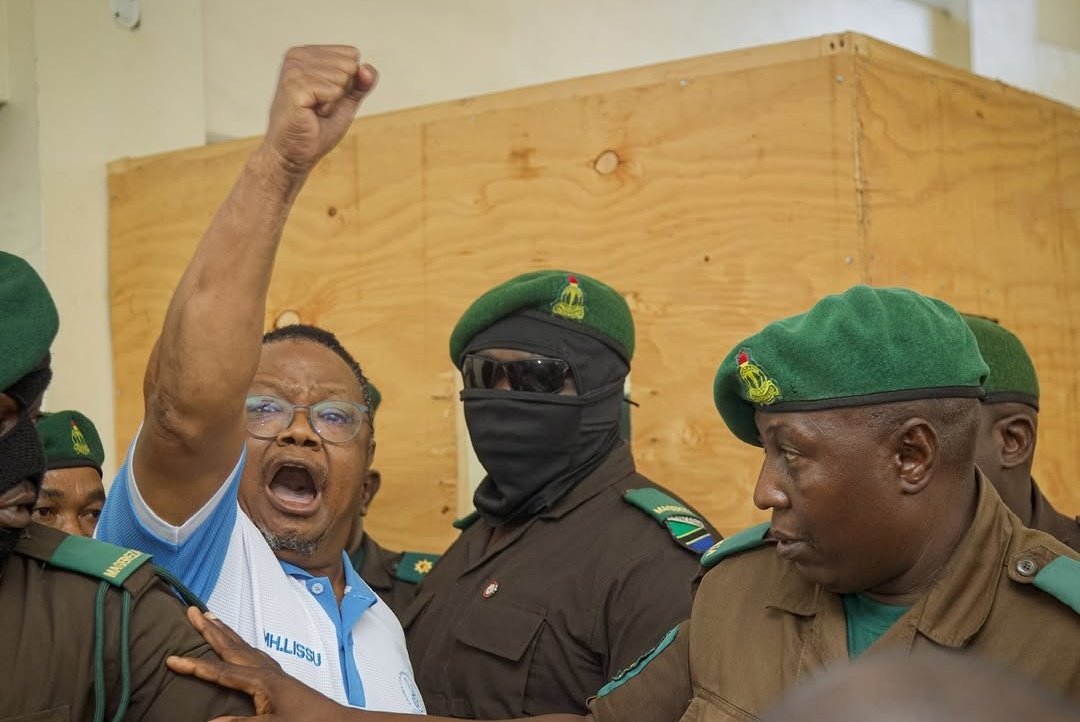Kenya’s battle against cervical cancer: A preventable yet deadly challenge
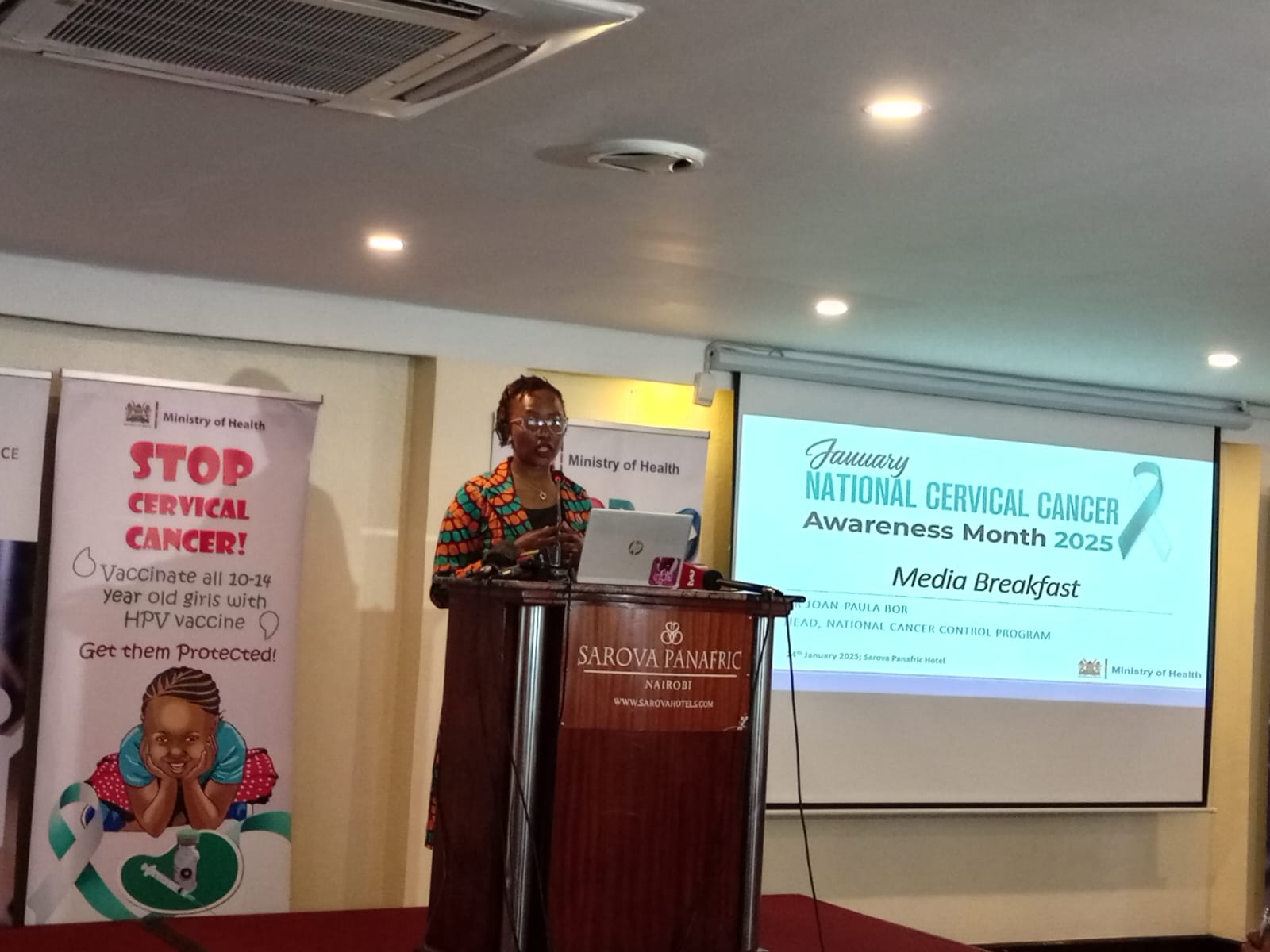
Despite advancements in global cancer treatment and prevention, cervical cancer remains the leading cause of cancer-related deaths among women in Kenya, surpassing breast cancer.
Kenya ranks among the top 20 countries with the highest burden of cervical cancer, reporting approximately 5,845 new cases and 3,591 deaths annually. Tragically, cervical cancer claims the life of at least one woman in Kenya every day—a disease that is both preventable and treatable if detected early.
Despite advancements in global cancer treatment and prevention, cervical cancer remains the leading cause of cancer-related deaths among women in Kenya, surpassing breast cancer.
More To Read
- Cancer patients left in limbo as KNH radiotherapy machine breaks down
- Religious leaders join health experts in fight against cervical cancer, maternal deaths
- Single-dose HPV vaccine beneficial for children between 9 and 14 years
- Man's emotional, financial pain of caring for wife battling cancer, then losing her
- Kenya battles rising cervical cancer cases as 9 women die daily
- Cervical cancer: Why most women are missing out on HPV vaccine
Speaking during a media breakfast meeting on Friday, Dr. Paula Bor, Head of the National Cancer Control Programme, emphasized, “Globally, cervical cancer is the fourth most common cancer among women. However, in Kenya, it leads in cancer-related deaths, with over 5,000 new cases recorded annually.”
The primary cause of cervical cancer is the human papillomavirus (HPV), which accounts for 70 per cent of cases worldwide. While Kenya has developed a policy framework with five strategic pillars to combat the disease, only 48 per cent of eligible girls have received the HPV vaccine—a critical tool for prevention.
“We are still far from achieving the 90 per cent vaccination target, but we remain committed to eliminating this preventable disease,” Dr Bor said.
Since the introduction of the HPV vaccination programme in 2019, only 2.3 million girls have been vaccinated, falling significantly short of the 80 per cent target. Dr Mugambi, a key figure in the programme, attributes the low coverage to cultural beliefs, misinformation, and inadequate communication about the vaccine’s importance.
“Many parents assume their children don’t need the vaccine. Discussions about sexuality and preventive care remain taboo in many communities,” he explained.
In Kenya’s arid and semi-arid (ASAL) regions, cultural barriers exacerbate the challenge. Dr. Mugambi highlighted the need for targeted research and community engagement in these areas. He also stressed the importance of including boys in vaccination programs.
“When boys are vaccinated, it reduces the spread of HPV, ultimately protecting everyone, including girls. This strategy could be vital for long-term cervical cancer control,” he noted.
A survivor’s story: Millicent Kangonga’s journey
For Millicent Kangonga, the impact of cervical cancer is deeply personal. A mother at 14 and with three children by age 20, her life took a harrowing turn when she began experiencing abnormal discharge.
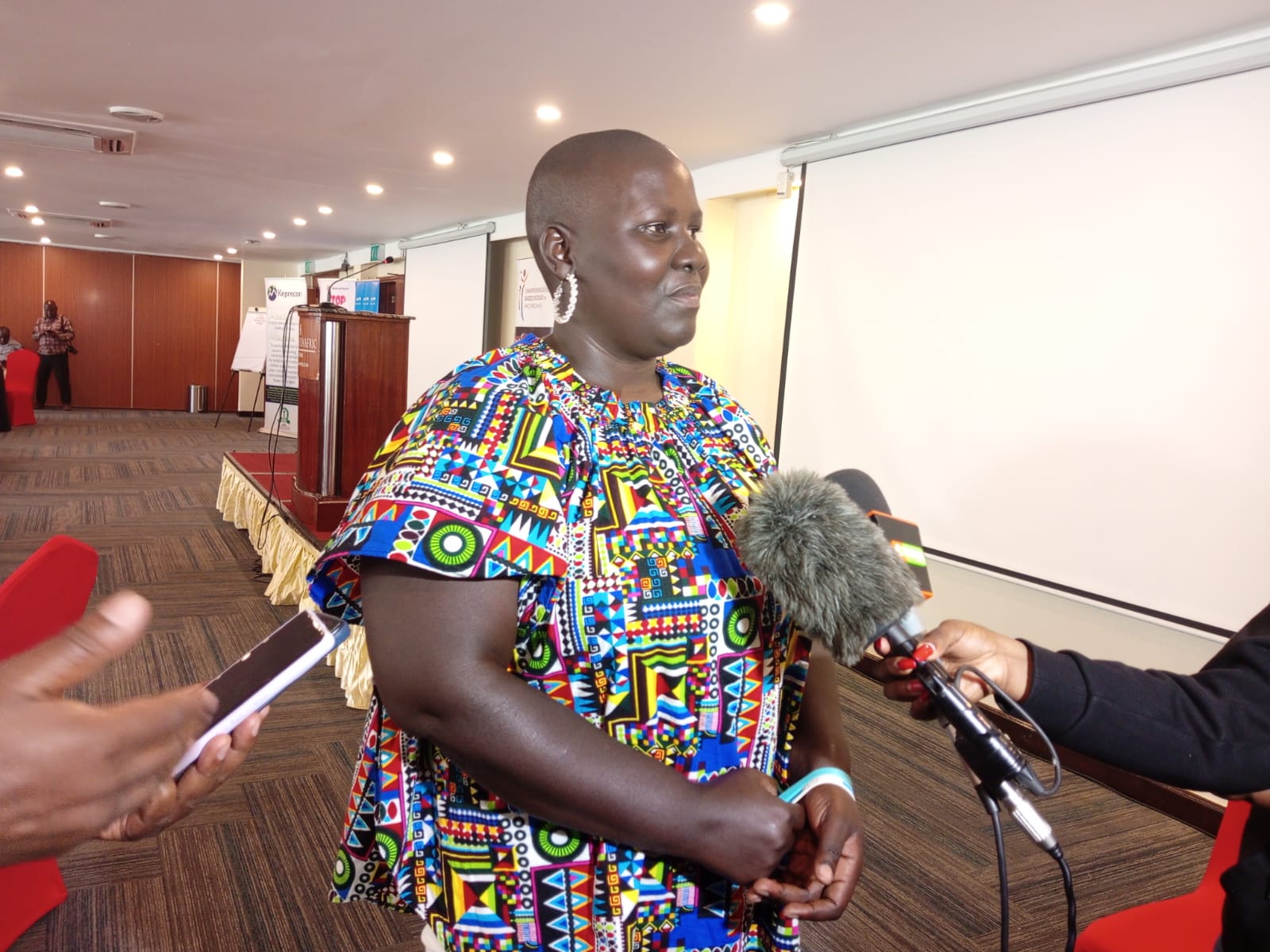 Millicent Kagonga a cervical cancer survivor shares her journey with The Eastleigh Voice. (Photo: Charity Kilei)
Millicent Kagonga a cervical cancer survivor shares her journey with The Eastleigh Voice. (Photo: Charity Kilei)
“In my community, people told me to avoid eating cabbage and potatoes or to drink traditional medicine,” Millicent recalled. At just 25, she was diagnosed with advanced cervical cancer.
Her journey to a diagnosis was fraught with challenges. “When I first sought medical help, I was told I was too young to have cervical cancer. They gave me antibiotics and sent me away. It wasn’t until I insisted on screening at another facility that I finally got a diagnosis,” she said.
The news was devastating. “I felt like my life was over. I even thought about ending it so my children wouldn’t suffer. It was the darkest time of my life,” she shared tearfully.
Millicent underwent radiotherapy at Kenyatta National Hospital (KNH) and survived. Today, she is a fierce advocate for HPV vaccination and cervical cancer awareness.
"My greatest wish was for my daughter to be vaccinated so she wouldn’t face what I went through. Now that she’s vaccinated, I feel at peace," she said.
Improved communication and shifting parents’ perceptions of risk are essential. Vaccinating both girls and boys early is the key to prevention
Although cervical cancer is preventable, it continues to claim thousands of lives due to limited awareness, cultural stigmas, and inadequate access to healthcare. Survivors like Millicent Kangonga demonstrate that early intervention and treatment can save lives.
 Cervical cancer is the fourth most common cancer among women, claiming an estimated 350,000 lives globally in 2022. (Photo: Shutterstock)
Cervical cancer is the fourth most common cancer among women, claiming an estimated 350,000 lives globally in 2022. (Photo: Shutterstock)
As Kenya strives to increase vaccination coverage, the goal is clear: prioritizing preventive measures like HPV vaccination and addressing the barriers that hinder progress can help eradicate this silent killer.
According to the World Health Organization (WHO), Cervical cancer is the fourth most common cancer in women globally, with approximately 660,000 new cases and 350,000 deaths in 2022, 94% of which occurred in low- and middle-income countries. High rates in sub-Saharan Africa, Central America, and Southeast Asia stem from limited access to vaccination, screening, and treatment, alongside factors like HIV prevalence and poverty. Women with HIV are six times more likely to develop cervical cancer, contributing to 5% of cases.
Human papillomavirus (HPV), a common sexually transmitted infection, is the leading cause of cervical cancer. While most HPV infections are cleared by the immune system, persistent high-risk infections can lead to cancer. Six globally available HPV vaccines, which protect against the high-risk HPV types 16 and 18, are highly effective. The World Health Organization (WHO) recommends vaccinating girls aged 9–14 before sexual activity, with boys also included in some programs to reduce HPV prevalence.
Preventive measures include vaccination, avoiding smoking, using condoms, and voluntary male circumcision. Regular cervical cancer screening is critical, as precancerous changes often show no symptoms. WHO advises screening every 5–10 years from age 30, or every three years from age 25 for women with HIV. A global strategy emphasizes two lifetime screenings by ages 35 and 45, combined with vaccination, to significantly reduce cervical cancer deaths.
Top Stories Today




